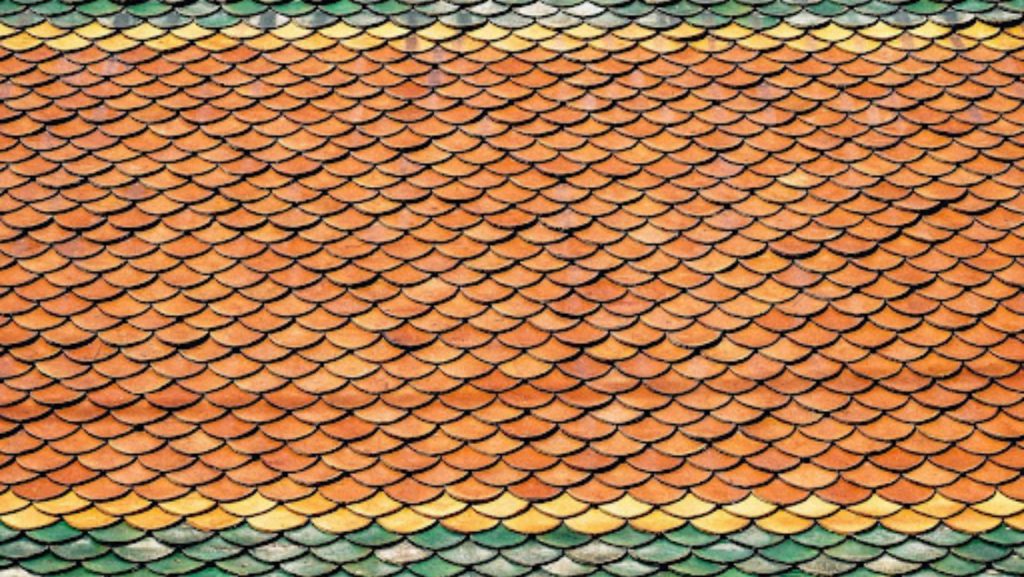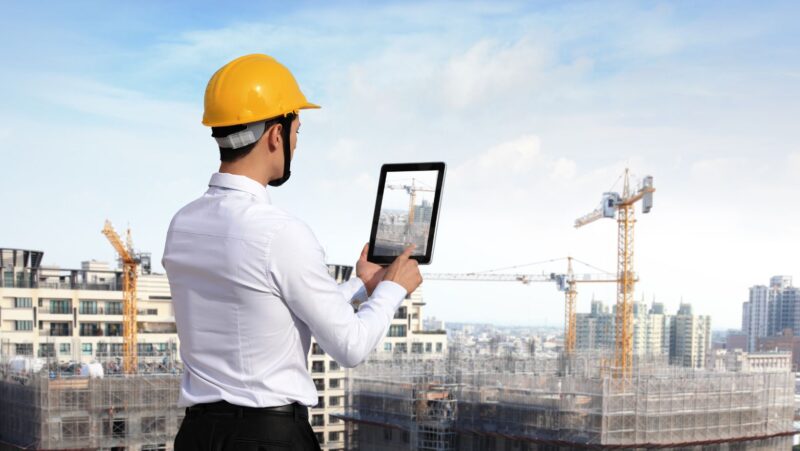
Commercial roofing systems represent a significant investment for any business, acting as the first defense against the elements. To protect this investment, it is essential to implement a robust care and maintenance routine. By prioritizing regular inspections, addressing repairs promptly, and being aware of the warning signs of potential issues, building managers can extend the life of their roofing system considerably. This article will introduce key strategies for maintaining a commercial roof’s integrity and ensuring it continues to safeguard the property it covers.
Regular Roof Inspections
Proactive monitoring through regular roof inspections is crucial in detecting minor issues before they escalate into costly repairs or replacements. Inspections should be conducted at least twice a year, especially after extreme weather conditions, to assess the overall condition of the roofing system and its components. Evaluating the roof’s performance after any significant event that could cause damage is also beneficial.
Engaging with roofing professionals for these inspections can prove invaluable as they have the expertise to identify problems that the untrained eye might overlook. They can provide thorough evaluations and suggest the best course of action to address any identified issues, ensuring the longevity and durability of the commercial roof. Whether you need commercial roofing in Idaho or anywhere else, working with experienced professionals can make a significant difference in the maintenance and care of your roof. It’s also essential to keep detailed records of all inspections and repairs for future reference.
Prompt Repairs
Immediate attention to repair needs is critical in maintaining a commercial roof’s integrity. Ignoring even the smallest leak or damage can lead to bigger problems, such as water infiltration, mold growth, or structural deterioration. It’s imperative to fix these issues promptly to prevent disruption to the business’s daily operations.
When repairs are needed, it is important to use high-quality materials and experienced contractors specializing in commercial roofing. This approach ensures that repairs are done correctly and efficiently, helping to avoid repetitive issues and extending the roof’s lifespan.
Cleanliness and Debris Removal
Keeping a roof clean is not merely an aesthetic concern but an operational necessity. Debris, such as leaves, branches, and trash, can accumulate over time, causing drainage system blockages and water pooling. This can increase the risk of leaks and add unnecessary weight load on the structure.
Scheduled cleanings, particularly after storms or heavy winds, can help remove debris and maintain the functionality of the roof’s drainage system. This preventive measure reduces the likelihood of water damage and prolongs the life of the roofing materials.
Proper Drainage
A well-maintained drainage system is essential for the health and longevity of a commercial roof. Water should flow freely through gutters, drains, and downspouts to prevent standing water, which can compromise the roof structure. Routine checks can ensure that the drainage pathways are unobstructed and functioning effectively.
Maintenance teams should pay close attention to the drainage system during routine inspections, clearing any obstructions and repairing damage to prevent water-related issues. It is also advisable to check for proper slope and water flow direction to ensure optimal drainage.
Adequate Insulation and Ventilation
Insulation and ventilation are vital to maintaining a roof’s condition and the environment within the building it protects. Proper insulation helps regulate temperatures on the roof surface, while ventilation prevents moisture buildup and heat accumulation. Together, they reduce the likelihood of roofing material degradation.
It’s important to check that these systems are up to par, as neglecting them can lead to increased energy costs, discomfort for building occupants, and even premature roof system failure. Effective insulation and ventilation protect the roofing materials and contribute to a more sustainable and cost-effective operation.
Seasonal Considerations
Different seasons can bring unique challenges to commercial roofing systems. For example, winter may bring snow and ice accumulation risk, while summer may introduce high UV radiation and thermal cycling. Season-specific maintenance strategies can help mitigate the seasons’ impact on the roof.
Adapting the care routine accordingly and applying preventive measures, such as snow guards in cold climates or reflective coatings in areas with strong sun exposure, is beneficial. Understanding and planning for these seasonal variations will ensure the roof remains in prime condition year-round.
In conclusion, regular inspections, prompt repairs, cleanliness and debris removal, proper drainage, adequate insulation and ventilation, and seasonal considerations are all critical in maintaining a commercial roof’s longevity and durability. By implementing these strategies and working with experienced professionals for any necessary maintenance or repairs, building managers can protect their investment and ensure the roof continues to fulfill its role as the first line of defense against the elements.














